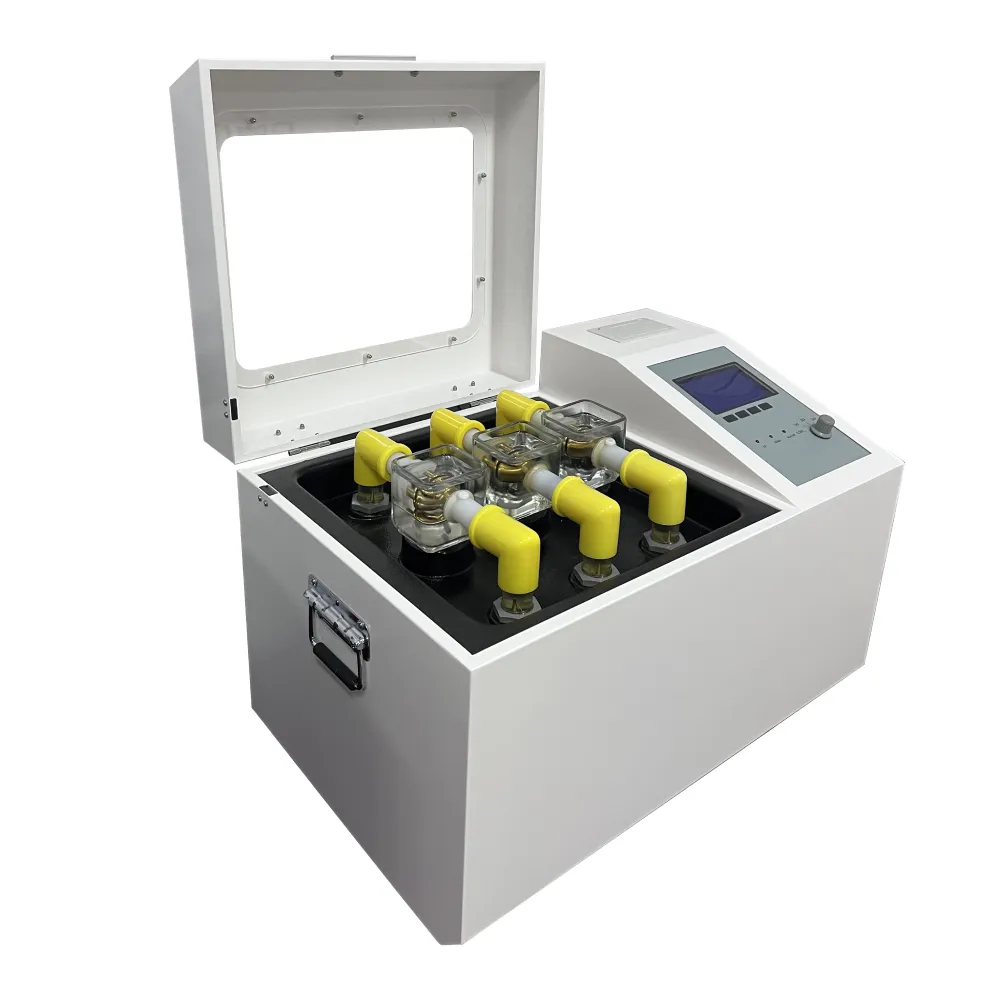 English
English



-
 Afrikaans
Afrikaans -
 Albanian
Albanian -
 Amharic
Amharic -
 Arabic
Arabic -
 Armenian
Armenian -
 Azerbaijani
Azerbaijani -
 Basque
Basque -
 Belarusian
Belarusian -
 Bengali
Bengali -
 Bosnian
Bosnian -
 Bulgarian
Bulgarian -
 Catalan
Catalan -
 Cebuano
Cebuano -
 China
China -
 China (Taiwan)
China (Taiwan) -
 Corsican
Corsican -
 Croatian
Croatian -
 Czech
Czech -
 Danish
Danish -
 Dutch
Dutch -
 English
English -
 Esperanto
Esperanto -
 Estonian
Estonian -
 Finnish
Finnish -
 French
French -
 Frisian
Frisian -
 Galician
Galician -
 Georgian
Georgian -
 German
German -
 Greek
Greek -
 Gujarati
Gujarati -
 Haitian Creole
Haitian Creole -
 hausa
hausa -
 hawaiian
hawaiian -
 Hebrew
Hebrew -
 Hindi
Hindi -
 Miao
Miao -
 Hungarian
Hungarian -
 Icelandic
Icelandic -
 igbo
igbo -
 Indonesian
Indonesian -
 irish
irish -
 Italian
Italian -
 Japanese
Japanese -
 Javanese
Javanese -
 Kannada
Kannada -
 kazakh
kazakh -
 Khmer
Khmer -
 Rwandese
Rwandese -
 Korean
Korean -
 Kurdish
Kurdish -
 Kyrgyz
Kyrgyz -
 Lao
Lao -
 Latin
Latin -
 Latvian
Latvian -
 Lithuanian
Lithuanian -
 Luxembourgish
Luxembourgish -
 Macedonian
Macedonian -
 Malgashi
Malgashi -
 Malay
Malay -
 Malayalam
Malayalam -
 Maltese
Maltese -
 Maori
Maori -
 Marathi
Marathi -
 Mongolian
Mongolian -
 Myanmar
Myanmar -
 Nepali
Nepali -
 Norwegian
Norwegian -
 Norwegian
Norwegian -
 Occitan
Occitan -
 Pashto
Pashto -
 Persian
Persian -
 Polish
Polish -
 Portuguese
Portuguese -
 Punjabi
Punjabi -
 Romanian
Romanian -
 Russian
Russian -
 Samoan
Samoan -
 Scottish Gaelic
Scottish Gaelic -
 Serbian
Serbian -
 Sesotho
Sesotho -
 Shona
Shona -
 Sindhi
Sindhi -
 Sinhala
Sinhala -
 Slovak
Slovak -
 Slovenian
Slovenian -
 Somali
Somali -
 Spanish
Spanish -
 Sundanese
Sundanese -
 Swahili
Swahili -
 Swedish
Swedish -
 Tagalog
Tagalog -
 Tajik
Tajik -
 Tamil
Tamil -
 Tatar
Tatar -
 Telugu
Telugu -
 Thai
Thai -
 Turkish
Turkish -
 Turkmen
Turkmen -
 Ukrainian
Ukrainian -
 Urdu
Urdu -
 Uighur
Uighur -
 Uzbek
Uzbek -
 Vietnamese
Vietnamese -
 Welsh
Welsh -
 Bantu
Bantu -
 Yiddish
Yiddish -
 Yoruba
Yoruba -
 Zulu
Zulu
electrode used in potentiometric titration
The Role of Electrodes in Potentiometric Titration
Potentiometric titration is a widely employed analytical technique that involves the measurement of the voltage (potential) changes in a solution as a titrant is added, providing essential data for quantitative analysis. The precision and effectiveness of this method significantly rely on the electrodes used during the titration process. Understanding the role of electrodes is crucial for optimizing the outcomes of potentiometric titrations.
Types of Electrodes
In potentiometric titrations, two primary types of electrodes are utilized the indicator electrode and the reference electrode. The indicator electrode is sensitive to the concentration of the analyte or the change in potential caused by chemical reactions occurring in the solution. Conversely, the reference electrode serves as a stable potential source against which the potential of the indicator electrode is measured.
Commonly used reference electrodes include the Standard Hydrogen Electrode (SHE), Silver/Silver Chloride (Ag/AgCl), and Calomel electrodes. Among these, the Ag/AgCl electrode is notable for its simplicity, stability, and ease of use in a variety of solutions. It helps ensure accurate measurements as it maintains a constant potential throughout the titration process.
The choice of indicator electrode varies based on the nature of the titration. Glass electrodes, typically employed for pH measurements, are widely used due to their ability to respond to changes in hydrogen ion concentration. Additionally, ion-selective electrodes, such as those designed for specific ions like fluoride or nitrate, can also be effectively used for target analytes in specific titrations.
Calibration and Maintenance
electrode used in potentiometric titration

The accuracy of a potentiometric titration largely depends on the calibration of the electrodes prior to the experiment. Calibration involves testing the electrodes in standard solutions with known concentrations to create a reliable reference curve. This process is vital because it accounts for any potential drift or changes in electrode performance over time.
Proper maintenance of electrodes is equally important for ensuring consistent results. This includes regular cleaning, careful storage, and, when necessary, rejuvenation of electrodes, particularly glass electrodes, which can accumulate residues that affect their response. Following manufacturer guidelines and best practices significantly aids in prolonging the lifespan and utility of the electrodes.
How Electrodes Influence Results
The choice and condition of the electrodes can profoundly influence the results of a potentiometric titration. For instance, if an inappropriate reference electrode is used, it can introduce errors due to unstable potentials. Similarly, if the indicator electrode is not suited to the specific ions present in the solution, it may not respond accurately, leading to misleading data.
Moreover, the temperature and ionic strength of the solution can also impact electrode behavior. Potentiometric titrations conducted at varying temperatures may yield different potentials, necessitating adjustments in calibration to ensure accuracy. It is essential to control these variables as much as possible to achieve reliable and reproducible results.
Conclusion
In conclusion, the electrodes used in potentiometric titration play a pivotal role in the accuracy and reliability of the analytical process. Understanding the types, calibration, and maintenance of these electrodes is essential for chemists and analysts. By choosing the appropriate electrodes and ensuring their optimal performance, researchers can enhance the quality of data obtained through potentiometric titrations, facilitating a wide range of applications from environmental monitoring to quality control in various industries. As this technique continues to evolve, advancements in electrode technologies will likely lead to even greater precision and applicability in analytical chemistry.
-
Testing Equipment Industry Sees Major Advancements in 2025: Smart & Precision Technologies Lead the WayNewsJun.06,2025
-
Applications of Direct Current Generators in Renewable Energy SystemsNewsJun.05,2025
-
Hipot Tester Calibration and Accuracy GuidelinesNewsJun.05,2025
-
Digital Circuit Breaker Analyzer Features and BenefitsNewsJun.05,2025
-
Benefits of Real-Time Power Quality Monitoring Devices for Industrial EfficiencyNewsJun.05,2025
-
Earth Fault Loop Testing in High-Rise Building Electrical SystemsNewsJun.05,2025



